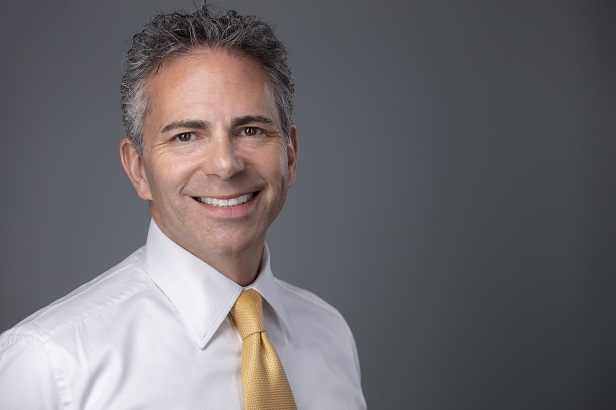Houston, TX — Developing large swaths of land into master-planned communities is the hallmark of the Howard Hughes Co. (HHC) and the commercial development within these communities have helped to ignite what the company calls a “virtuous cycle.” Indeed, master-planned communities have been a big factor in growing HHC's net operating income from $49 million in 2010 to a stabilized target of $321 million, excluding the Seaport in Manhattan.
Size has also been a factor in the company's growth.
“Our communities are large-scale, which is why we think of them as small cities as opposed to master planned communities. For example, two of our communities, The Woodlands north of Houston and Summerlin in Las Vegas, are both larger in size than the island of Manhattan,” David Weinreb, CEO of Howard Hughes Co., tells GlobeSt.com.
“Because they provide us with dominant positions and unmatched levels of control, we are very fortunate to have inherited our collection of small cities and they have been a critical factor in the success of the company, whether measured by sales, commercial development, income, or awards,” says Weinreb.
For example, Architectural Digest recently named Ward Village the “Best Planned Community in the US.”
Part of the company's success is due to its ability to exert high levels of control in their communities. Early on, it creates a “sense of place” before it begins selling residential land to home builders and as more and more residents move in, “land prices appreciate and we use the cash flow from selling residential land to develop commercial offerings for the growing residential population. This in turn attracts more people who want to live in our communities, which then further drives demand for additional commercial offerings and at the same time increases the price of our land that we sell to homebuilders…hence, “our virtuous cycle,” explains Weinreb.
The best example of HHC's virtuous cycle is in The Woodlands, which has over 117,000 residents and approximately 64,000 jobs. In addition, the commercial developments are still generating strong recurring income for the company. For example, since 2010, The Woodlands' NOI has increased from approximately $4 million to over $95 million in 2018, which at stabilization is expected to reach $148 million, including current projects under construction.
“What is incredible is that our control in the community allows us to continue adding offerings and income throughout the year at outsized risk-adjusted returns while simultaneously expanding the experience for our residents,” Weinreb says. “Additionally, last year as a company we grew our stabilized NOI target by 25% and just this past quarter we announced a build-to-suit in The Woodlands that will generate $4.4 million of recurring income.”
© Touchpoint Markets, All Rights Reserved. Request academic re-use from www.copyright.com. All other uses, submit a request to [email protected]. For more inforrmation visit Asset & Logo Licensing.







